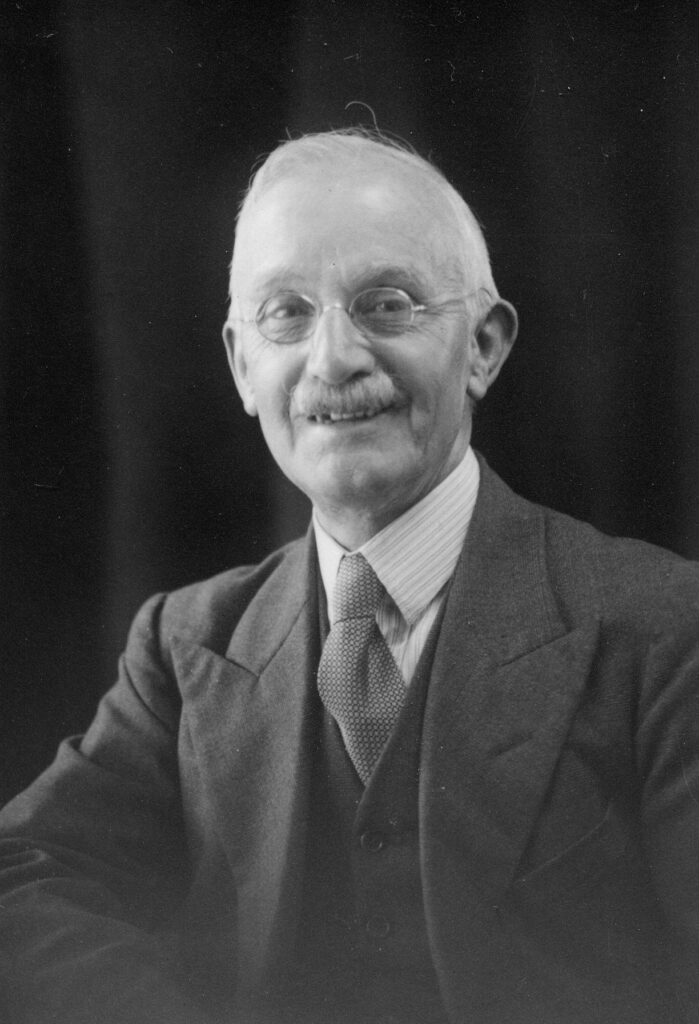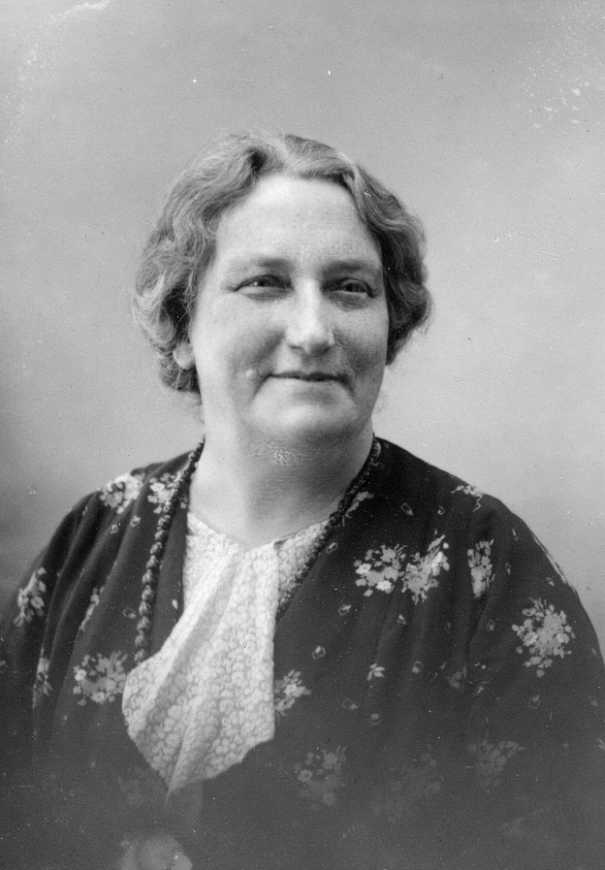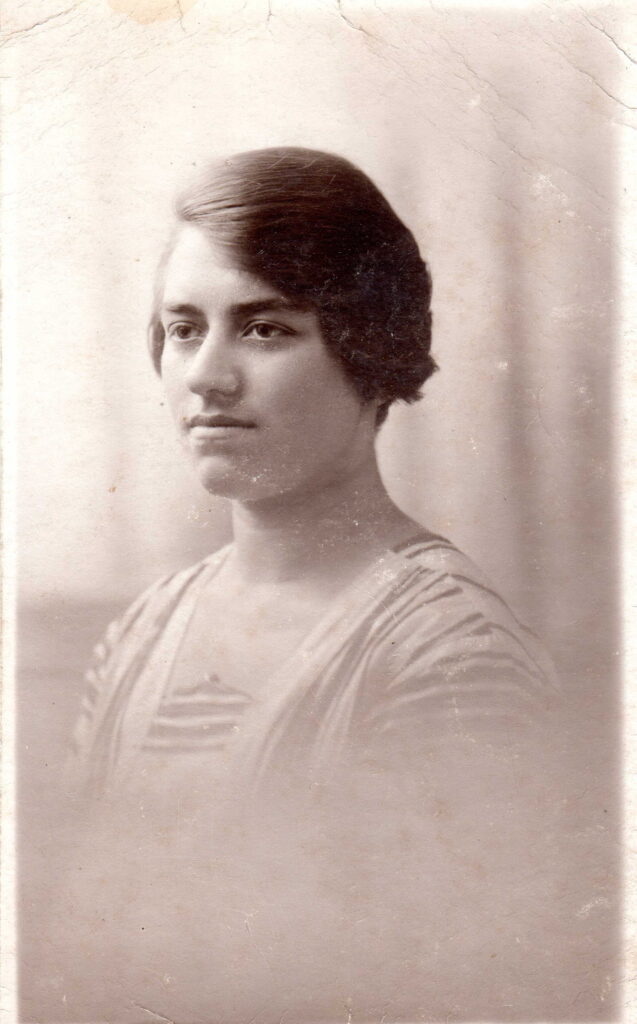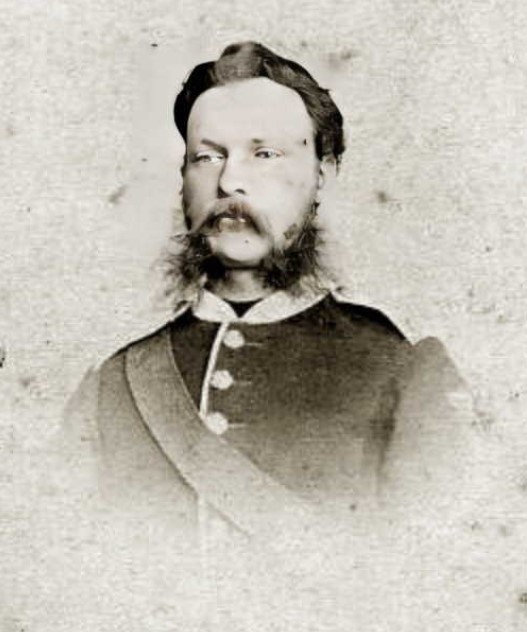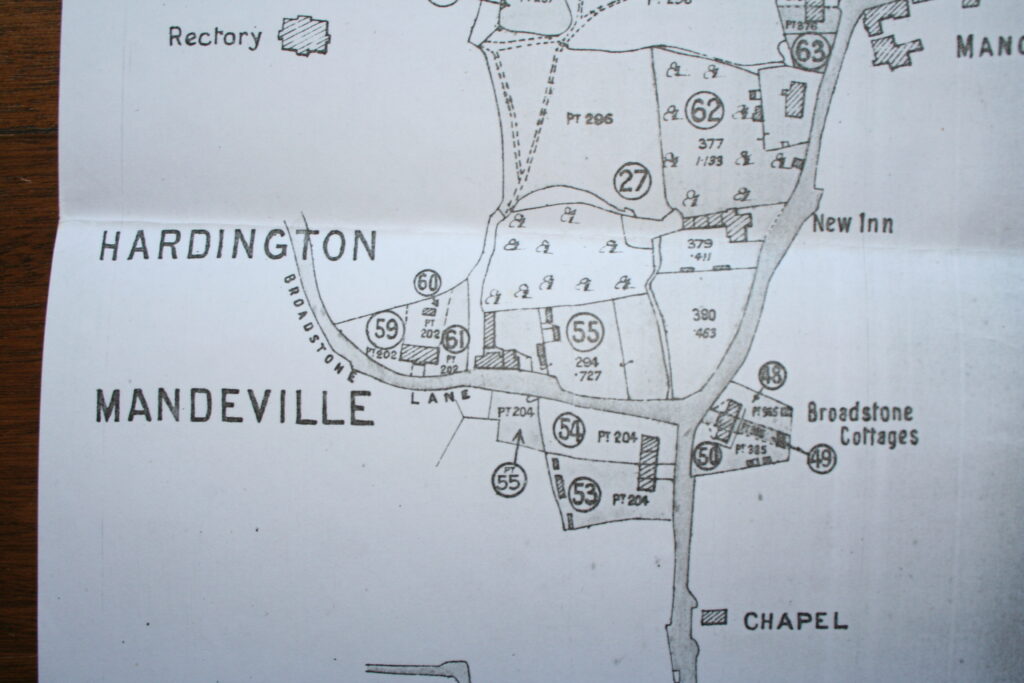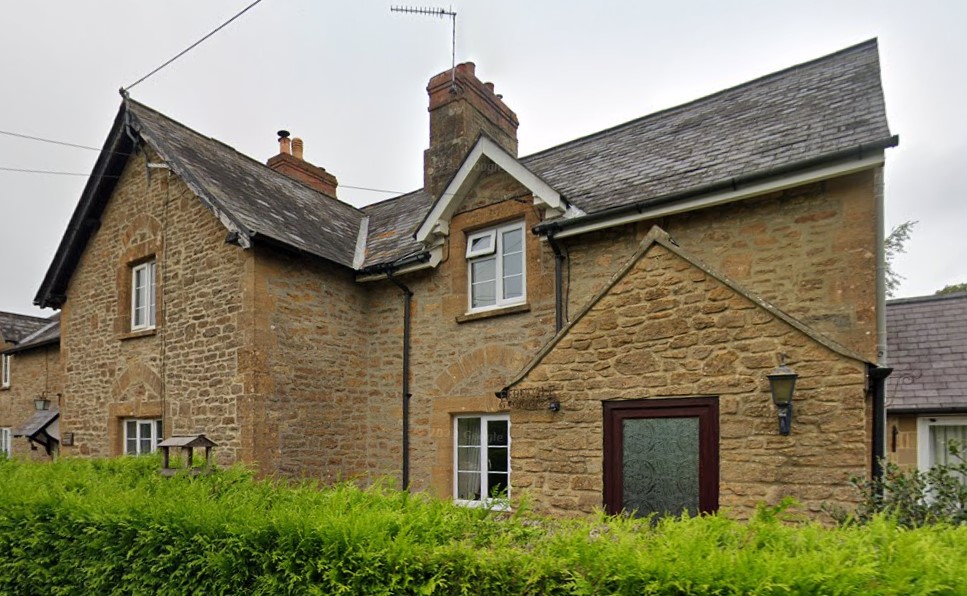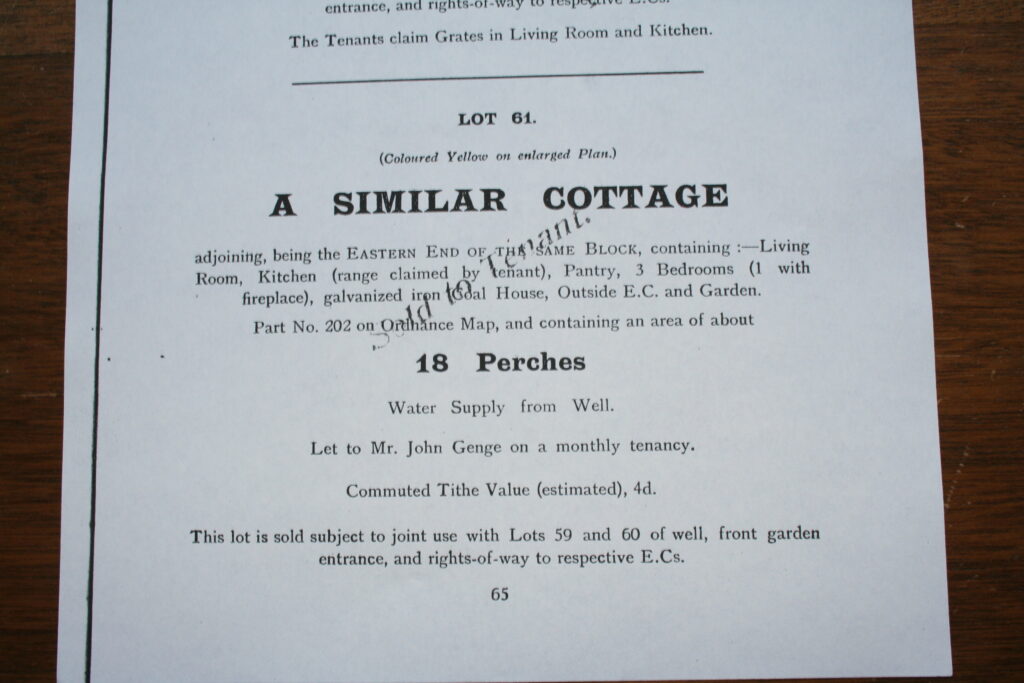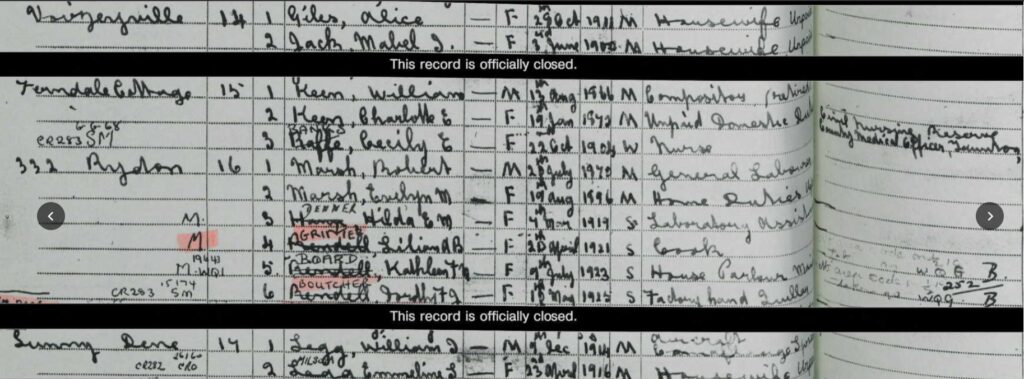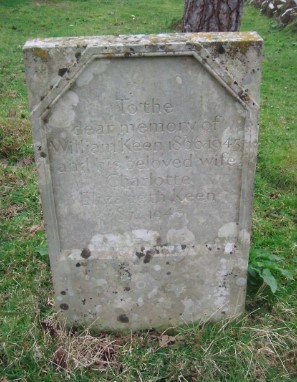Introduction
In May 1937, John Genge of Ferndale, Hardington, advertised a five-roomed house with a large garden for sale at Hardington, stating that it would “Suit any retiring ladies or gentlemen.”[1] Genge had bought the property as the sitting tenant in the estate sale of 1920, so this was the first time it had come on the open market.
The advert was seen by a retired London printer, William Keen, who bought the property and lived there with his wife and daughter until he died in 1945. This article tells the story of his life.
Early life in Melksham
William Keen was born in the small Wiltshire market town of Melksham on 13 August 1866. He was the eldest of three children born to George and Rachel Keen, a working-class couple who lived in the part of the town near the railway station known as Shurnhold. His father was a quarryman before becoming a signal fitter with the Great Western Railway. His mother, before she married, was a servant at Shurnhold Farm. Rachel’s widowed mother also formed part of the household, living with the family until her death in 1898, at the age of 92.
After leaving school, William served an apprenticeship with a printer in Melksham.
Life in Reigate and Redhill
Upon completing his apprenticeship, William took his life in a new direction. By April 1891, he was boarding with a house decorator at 42 Glover’s Road, Reigate, and working as a house painter. Such a significant change in career demands explanation, and one can only speculate that William resorted to painting because no printing jobs were available. Interestingly, at the same time, his sister, Rhoda, was working as a nurse in a private house in Islington.
While in Reigate, William met his future wife, Charlotte Elizabeth Smith. She was the daughter of Edward and Charlotte Smith, who were married at Redhill on 24 November 1870. Edward was a Colour Sergeant in the 106th Light Infantry who, shortly after his marriage, was posted to Dublin, where Charlotte was born on 19 January 1872.
When Charlotte was three, her father died at Parkhurst Military Hospital on the Isle of Wight. Her mother returned to Reigate, where she probably lived with her parents for two years. Then, on 3 March 1877, she married a gardener named John Westlake, with whom she had two sons.
Charlotte’s family were devout religious nonconformists. Her uncle, Thomas George Thatcher, was the Congregational Minister at Staplehurst in Kent from 1881 to 1925.[2]
William and Charlotte were married at the Baptist Chapel, London Road, Redhill, on 24 December 1892. At the time, William was 26 years old, and Charlotte was 20.
They established their home in Reigate, where they had two children: Paul Willis, born on 31 December 1893, and Isabel Rachel, born on 11 April 1895. Sadly, Rachel died when she was just one year old.
Return to Wiltshire
The death of Charlotte’s mother in 1894 weakened Charlotte’s ties to Reigate. By March 1901, William had returned to Wiltshire and resumed his career in printing. He and his son, Paul, lived in New Street, Wardour, and he worked as a manager for a letterpress printer. During this period, Charlotte was a patient at Fisherton Anger, a psychiatric hospital near Salisbury. The loss of her mother and daughter may have contributed to her mental breakdown.
Fortunately, Charlotte seems to have recovered within the next year or two, as she had two more children: Philip Christopher, born on 6 August 1903, and Cecily Elizabeth, born on 22 October 1904. Both were born in Frome, Somerset, indicating that William had taken a job there.
Life in London
By April 1911, William and his family lived at 28 Turney Road, Dulwich. William worked as a foreman compositor at a general printer.
By 1918, they had moved to 204 Camberwell Grove, Camberwell.[3] The census of 1921 recorded William as a composing room overseer for Loxley Brothers Ltd of Gough Square, Fleet Street.
William’s mother, Rachel, died intestate in 1924, leaving an estate valued at £146. Letters of administration were granted to William, who presumably shared the estate equally with his two sisters.[4]
Retirement in Hardington
The register of 29 September 1939 shows William, Charlotte and their daughter, Cecily, living at Ferndale Cottage, Hardington.
William and Charlotte attended the village chapel, where they became friends with William George Delamont and his wife, Florence. When William made his will on 18 October 1945, William and Florence Delamont witnessed it, and William appointed William Delamont as his sole executor. William left Ferndale Cottage and its contents in trust for his wife for her lifetime and then to his daughter, Cecily.[5]
William died at Ferndale Cottage on 19 December 1945 at the age of 79.[6] The value of his estate was £433. Charlotte died on 21 January 1949, at the age of 77.[7] They lie together in Hardington churchyard.
References
[1] Western Gazette 7 May 1937, p.9.
[2] Sevenoaks Chronicle and Kentish Advertiser, 23 July 1937, p.20.
[3] Voters’ lists.
[4] Probate Calendars.
[5] The will of William Keen, dated 18 October 1945, proved in London on 8 September 1949.
[6] The will of William Keen, dated 18 October 1945, proved in London on 8 September 1949; Civil Registration Death Index.
[7] Civil Registration Death Index.
